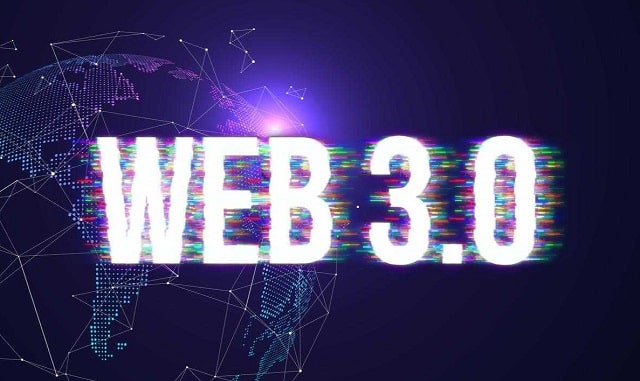
Before we begin today, it is widely believed that the third generation Internet is a replacement for the second generation Internet. But in fact, the web 3 Internet is a kind of superstructure on top of the web 2. At the same time web 2 is not going to “go away” anywhere, just because that web 3 does some things differently than web 2.0. And the "first violin" here is played by web 3’s departure from various types of monopoly and centralization. Therefore, more and more companies are now entering the markets associated with web 3 technologies. After all, right now there are many options for their development.
It is well known that the main principle of web 3 - decentralization is based on blockchain technology. It means that if it is necessary to interact with some information which is encoded in the blockchain, it is required to make contact with any one network node. This possibility is due to the fact that the transmission of requests to the virtual machine for the implementation of transactions is possible using any network node. Then the next step implements by the miner. This step includes both the execution of the transaction itself and the introduction of a changed status to all parts of the chain. And here the company can save itself from problems by contacting the web3 service provider.
The advantages of this approach are obvious. First, it is a significant time saving. Secondly, the resources and memory of the own devices may not be enough to synchronize a significant amount of data. So, the services of the provider will become vital. Thirdly, due to the scalability of decentralized applications, the number of network nodes will grow, and, accordingly, the entire infrastructure will become more complex. And in this case, the help of the service provider's specialists will provide the company with constant and high-quality support for its infrastructure.
The Structure Of Web 3
If we dive a little deeper into web 3, we will notice that there are several levels inside it, which we can merge into three main levels. First level is a level of technology or, so-called blockchain layer. Here we can use a variety of new or existing cryptographic mechanisms. We can also connect to this level the area of knowledge that is related to databases. Next components in this level are computers. Then we have to add there distributed algorithms or so-called consensuses known to all. Consensus are different, each of them has its own characteristics. And of course, the important part - programming is added there. Programming is carried out at different levels, including smart contracts, frontend and backend.
Second level shows us web 3 from the infrastructure side. It covers such categories as oracles, mixers, bridges, distributed storage, committed commitments (VC, SSI) and so on in more detail. This is the part of Web 3.0 that other businesses use to optimize their processes.
Third level when we can view web 3 from a business perspective. These are such instruments as DeFi, DAO, GameFi, Deinsure, etc. Of course these levels are not separate from each other by the wall. Businesses, for example, use the infrastructure from the second level and, of course, businesses use blockchain technologies from the first level to achieve their goals.
Blockchain Technology Is The Basis Of Trust
As you know, any technology, any phenomenon, any human activity is designed to solve some problems. What is the key problem blockchain technology and crypto technology together solve? Both of them as well as Web3 itself are designed to solve one of the main important problems - the problem of lack of trust. And exactly, the principle of decentralization in the blockchain is designed to solve the problem of distrust in data and their storage, when traditional approaches are used in the similar processes.
Let's look at what mechanisms the blockchain uses internally to ensure its independence and flexibility. So, inside the blockchain, messages are created and verified using cryptography. Blockchain uses asymmetric cryptography and hash functions. Speaking of the hash function, it should be noted that the hash function is a one-way function. At the input of it data (messages) of an arbitrary size are supplied, and at the output data of a strictly fixed size are obtained. The data at the input of the hash function is very often called "the preimage" and the data at the output of the hash function is called "the image". Given the one-way hash function, it is impossible to return the image back to the preimage.
Any author of the message has a pair of keys, the conventional name of which is "the public key" and "the secret key";. The secret key is used to encrypt or in other words sign the message, and it is always kept secret. The public key is used to decrypt the message and is distributed publicly.
If we combine the hash function system and the private key system, we can create a so-called digital signature. And by and large, hash functions and a private key cryptography system are the basis of the foundations of blockchain technology.
